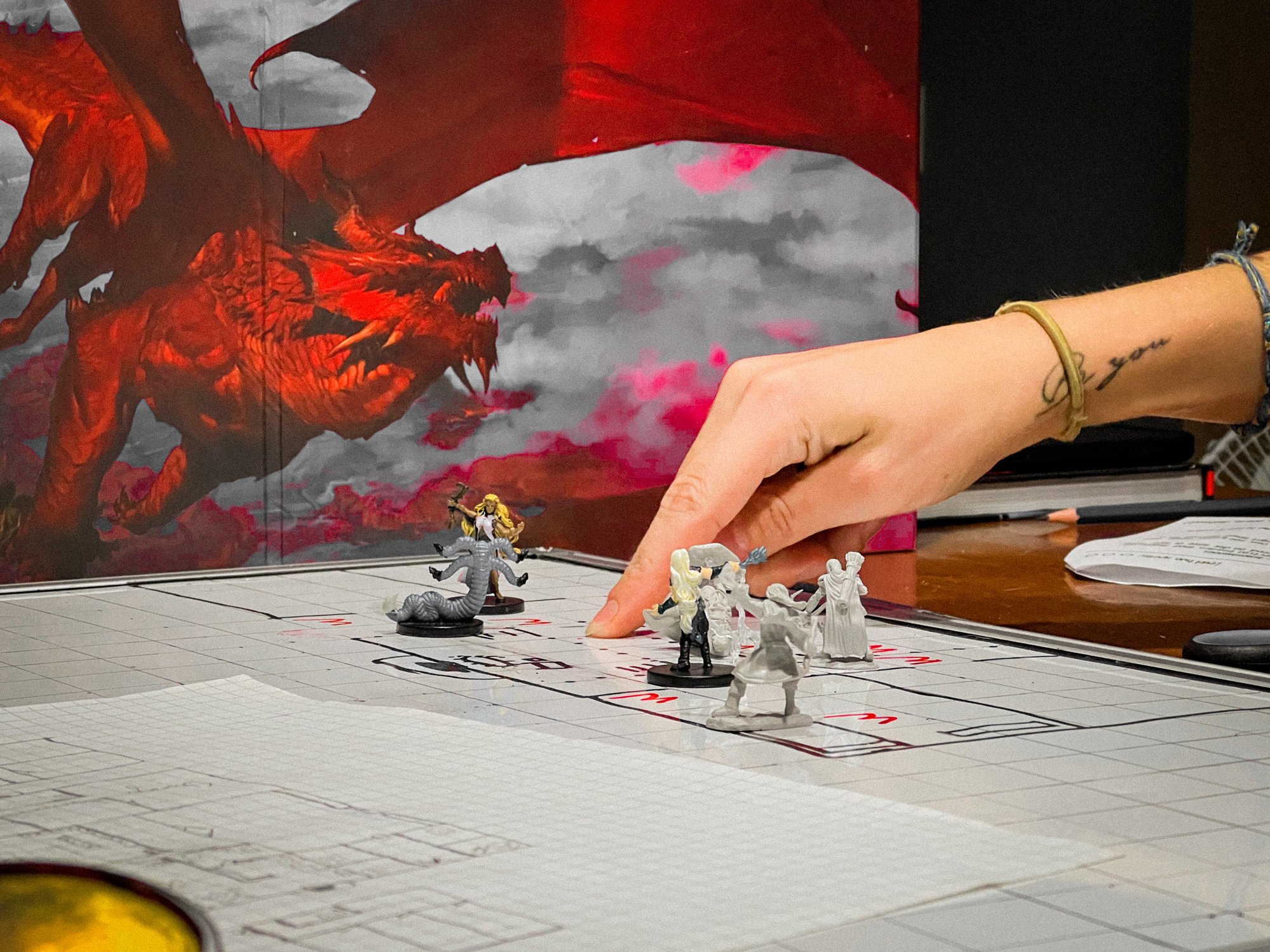What: Toys and games giant Hasbro (HAS +0.23%) saw its stock bounce higher by 14% last month, according to S&P Capital IQ data.
So what: Investors bid up shares in response to the fourth-quarter earnings report issued on Feb. 9. For the critical holiday shopping months, Hasbro posted a 7% sales gain and a 4% jump in adjusted profit.
Highlights of the quarter included growth in each of its seven blockbuster brands: Littlest Pet Shop, Magic: The Gathering, Monopoly, My Little Pony, Nerf, Play-Doh, and Transformers. As a group, those franchises posted a 31% sales gain and helped push profit to $1.22 per share from last year's $1.12 per share profit. At the same time, Hasbro booked a near-record-high profit margin of 17.2% of sales thanks to management's holding the line on costs.
Now what: Wall Street expects Hasbro's revenue to stay put this year at roughly $4.3 billion. Profit should steadily improve, though. Analysts peg earnings at $3.30 per share as compared to $3.15 last year. Hasbro's big-picture strategy is to unlock value from its deep brand portfolio through new toy and game innovations, as well as through entertainment channels like video games, television shows, and movies. CEO Brian Goldner said that Hasbro's fourth-quarter results show that approach paying off. The earnings "highlight the power of building innovative brand experiences based firmly in global consumer insights and supported by compelling stories," he said in a press release.
Shareholders can look for increasing cash returns over the next few years. A 7% higher dividend will hit their accounts beginning this May. This year's dividend hike marked the 11th time in 12 years that Hasbro has boosted its payout. Raises were paused in the recession year of 2009 before leaping higher by over 20% in each of the following three years.

Hasbro's 10-year dividend history. Source: Hasbro investor presentation
Look for Hasbro to spend more on its own stock as well -- management just approved a new $500 million stock repurchase plan.






